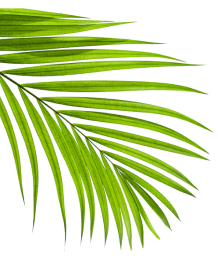
Nicobar Islands
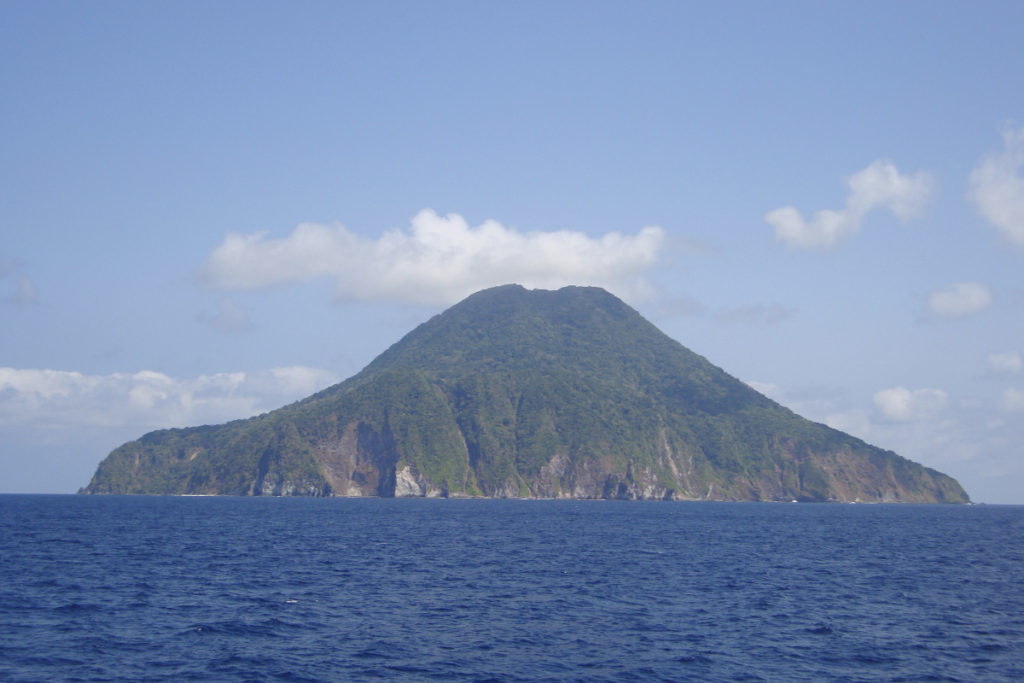
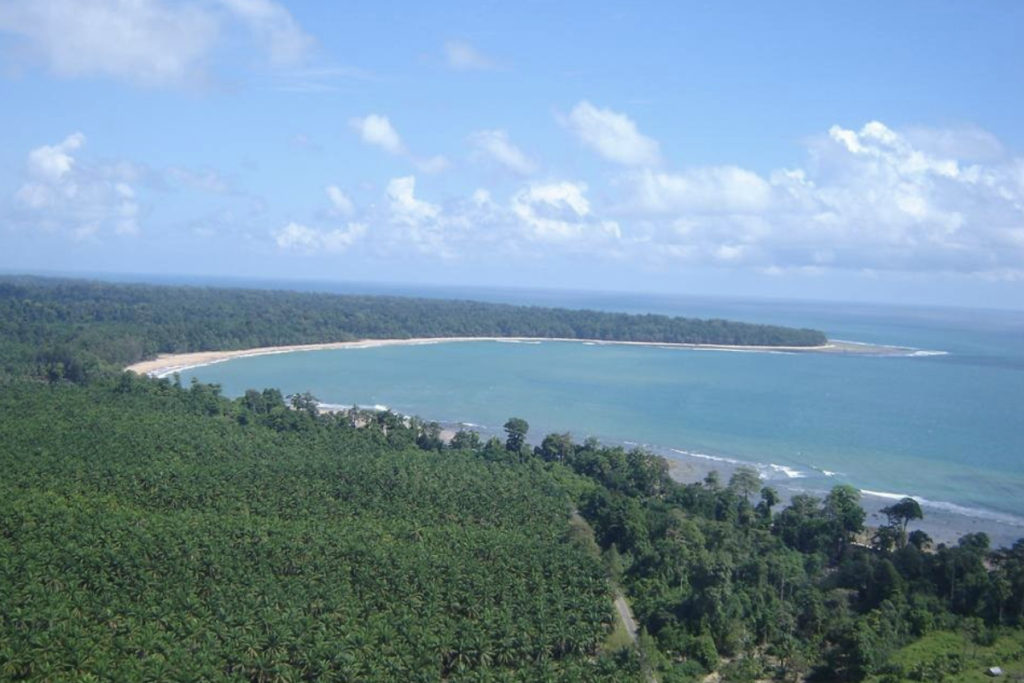
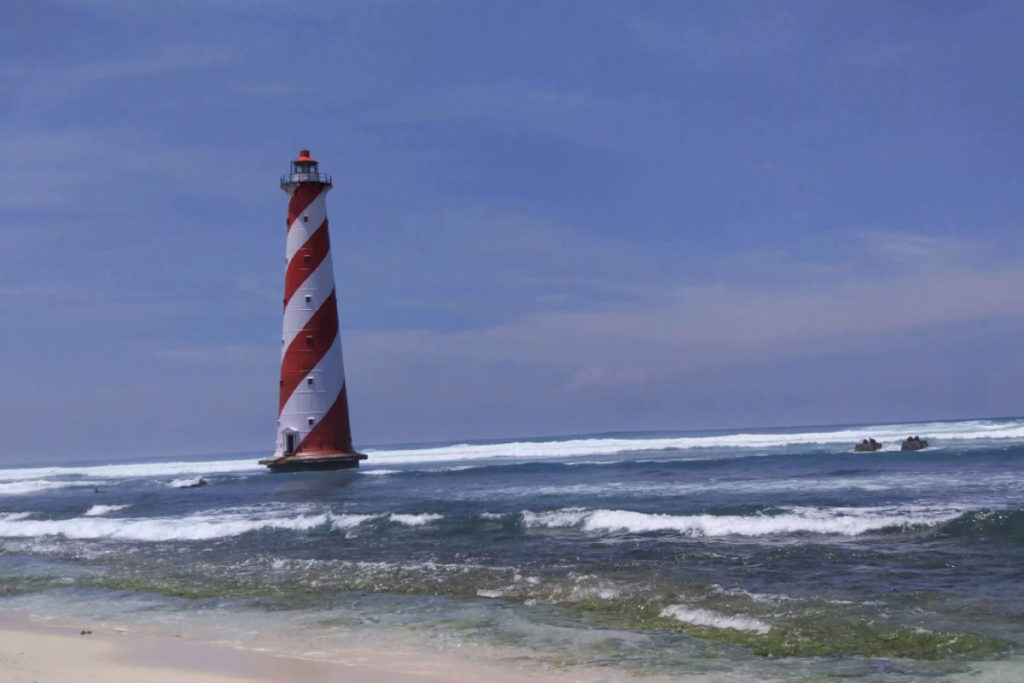
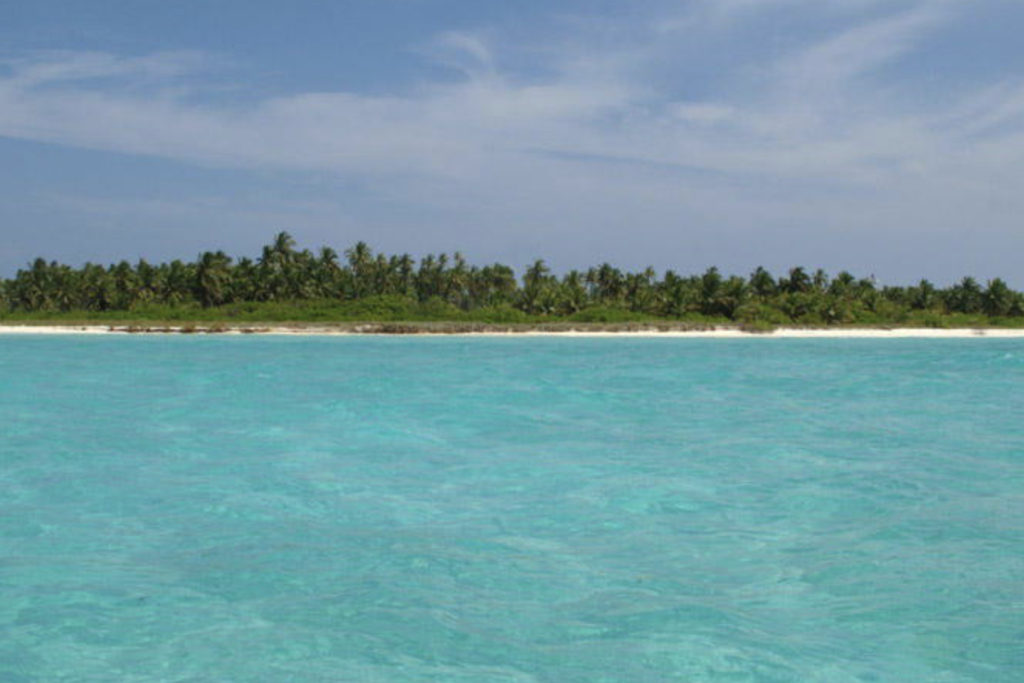
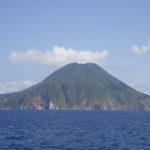
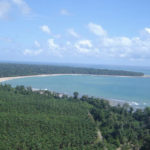
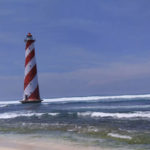
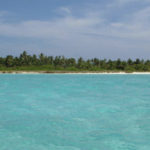
About Nicobar Group Of Islands
The Nicobar Islands are a group of islands located in the southeastern part of the Bay of Bengal, in the Indian Ocean. They are part of the Andaman and Nicobar Islands union territory of India. The Nicobar Islands are situated approximately 800 miles (1,300 km) east of Sri Lanka and have an area of 711 square miles (1,841 square km). The group includes several islands, including Car Nicobar, Camorta, Nancowry, and Great Nicobar.
The Nicobar Islands have a rich history, with little known about their earliest history. However, the Thanjavur inscription of the Chola dynasty in 1050 CE describes the land as “Nakkavaram” or “Land of the Naked.” Danish missionaries visited the islands in 1756, and in 1868-88, the islands were claimed by the British who established a penal colony there. During World War II, the Nicobar Islands were occupied by the Japanese.
The islands are densely forested with coconut and betel-nut palms, pandanus, mango, margosa, and beefwood (Casuarina) trees. The population of the Nicobar Islands is primarily composed of two ethnic groups: the Nicobarese and the Shompens. The primary occupation on the islands is agriculture, with crops including rice, corn (maize), fruits, vegetables, coconuts, and betel nuts. Copra (dried coconut) making and oil pressing are the chief industries. The only major town on the Nicobar Islands is on Car Nicobar.
In December 2004, the Nicobar Islands were hit by a devastating tsunami triggered by a massive earthquake in the Indian Ocean near Indonesia. The tsunami caused extensive damage to the islands and resulted in the loss of many lives. Despite this tragedy, the Nicobar Islands have since recovered, and today, they are a popular tourist destination known for their unique flora and fauna, pristine beaches, and rich cultural heritage.
PLACE TO VISIT IN NICOBAR GROUP OF ISLANDS
Some popular places to visit in the Nicobar Islands are:
- Katchal Island: Known for its beaches and coral reefs, Katchal Island is a popular destination for swimming, snorkeling, and scuba diving.
- Campbell Bay: Located on Great Nicobar Island, Campbell Bay is a scenic spot with beautiful beaches, lush forests, and a diverse range of flora and fauna.
- Indira Point: The southernmost point of India, Indira Point is located on Great Nicobar Island and offers stunning views of the sea and surrounding islands.
- Car Nicobar: The largest town in the Nicobar Islands, Car Nicobar has a rich history and culture, with a number of interesting temples and monuments to explore.
- Galathia Island: A small, uninhabited island with pristine beaches and clear waters, Galathia Island is a great spot for swimming and sunbathing.
- Nancowry Island: With its beautiful beaches, lush forests, and rich cultural heritage, Nancowry Island is a must-visit destination for anyone traveling to the Nicobar Islands.
- Teressa Island: Known for its natural beauty and rich marine life, Teressa Island is a popular destination for snorkeling and scuba diving.
- Chowra Island: Home to a number of rare and endangered species of plants and animals, Chowra Island is a great place for natu lovers to explore.
- Trinket Island: A tiny island located off the coast of Great Nicobar, Trinket Island is known for its beautiful beaches and stunning sunsets.
- Interview Island: A remote, uninhabited island with a pristine natural environment, Interview Island is a popular destination for camping, hiking, and wildlife watching.re
It is important to note that the Nicobar Islands are a restricted area, and visitors require special permits from the Indian government to visit the islands. It is advisable to check with the Indian government’s tourism department or travel agents for the latest information on travel restrictions and permits.
BEST TIME TO VISIT NICOBAR GROUP OF ISLANDS
The best time to visit the Nicobar Islands is between November and April, during the dry season when the weather is pleasant and the sea is calm. The temperature during this time ranges between 23°C and 30°C, making it ideal for outdoor activities such as sightseeing, beach hopping, and water sports.
The monsoon season in the Nicobar Islands begins in May and continues until October, and during this time, the islands experience heavy rainfall and strong winds. It is advisable to avoid visiting the islands during the monsoon season, as the weather can be unpredictable, and the sea conditions can be rough, making it difficult to travel between the islands.
It is important to note that the Nicobar Islands are a protected area, and visitors require special permits from the Indian government to visit the islands. It is advisable to check with the Indian government’s tourism department or travel agents for the latest information on travel restrictions and permits.
HOW TO REACH NICOBAR ISLAND FROM PORT BLAIR
From Port Blair, the capital city of the Andaman and Nicobar Islands, visitors can reach the Nicobar Islands by helicopter or ferry.
By Helicopter: Pawan Hans, a government-owned helicopter service, operates regular helicopter services from Port Blair to Car Nicobar, the northernmost island in the Nicobar group. The helicopter ride takes about 90 minutes, and tickets can be booked in advance through Pawan Hans’ website or at their office in Port Blair.
By Ferry: Regular ferry services operate from Port Blair to Car Nicobar, the northernmost island in the Nicobar group. The journey takes about 18 to 24 hours, depending on the weather and sea conditions. The ferry service is operated by the Directorate of Shipping Services, Andaman and Nicobar Administration, and tickets can be booked at their office in Port Blair.
It is important to note that the Nicobar Islands are a restricted area, and visitors require special permits from the Indian government to visit the islands. It is advisable to check with the Indian government’s tourism department or travel agents for the latest information on travel restrictions and permits.
PLACE OF STAY AT NICOBAR GROUP OF ISLAND
As per the Restricted Area Permit (RAP) rules of the Indian government, tourism is restricted in the Nicobar Islands, and there are no private hotels or resorts allowed to operate on these islands. Therefore, the only options for accommodation for visitors are government-run guesthouses or campsites, which provide basic amenities such as beds, bathrooms, and some may offer meals as well.
As mentioned earlier, visitors must obtain special permits from the Indian government to visit the Nicobar Islands, and these permits can be obtained through the local administration office in Port Blair. The permits may specify the duration of stay, places to visit, and other conditions that must be followed during the visit to the Nicobar Islands.
TRAVEL TIPS FOR NICOBAR GROUP OF ISLAND
Here are some travel tips for visiting the Nicobar Islands:
- Obtain necessary permits: As the Nicobar Islands are a protected area, visitors require special permits from the Indian government to visit the islands. It is important to obtain these permits in advance to avoid any last-minute hassle.
- Respect local culture: The Nicobar Islands are home to indigenous communities such as the Nicobarese and the Shompens, who have their unique customs and traditions. It is important to respect their culture and beliefs during your visit.
- Pack appropriate clothing: As the islands have a tropical climate, it is advisable to pack light, breathable clothing made of natural fabrics such as cotton and linen. Also, pack comfortable shoes for sightseeing and beach activities.
- Carry insect repellent: The islands are home to mosquitoes, so it is advisable to carry insect repellent to avoid mosquito bites.
- Stay hydrated: It is essential to stay hydrated, especially during the hot and humid summer months. Carry a water bottle with you and drink plenty of water.
- Be mindful of the environment: The Nicobar Islands are known for their rich biodiversity, and it is important to be mindful of the environment. Avoid littering and follow eco-friendly practices during your visit.
- Book accommodation in advance: The Nicobar Islands have limited accommodation options, and it is advisable to book your accommodation in advance to avoid any last-minute inconvenience.
- Carry cash: Most places on the islands do not accept credit cards, so it is advisable to carry cash with you for transactions.
Frequently
Asked Questions
The Nicobar Islands are located in the Indian Ocean, about 800 miles (1,300 km) east of Sri Lanka, and are part of the Andaman and Nicobar Islands union territory of India.
Tourists from India and abroad can visit the Nicobar Islands, subject to obtaining necessary permits and adhering to certain rules and regulations. It is important to note that some areas of the Nicobar Islands are restricted for tourists and require special permits from the government. Additionally, visitors are required to obtain permits from the Andaman and Nicobar Administration and adhere to specific guidelines for their own safety and the preservation of the islands’ natural resources.
Indira Point is a restricted area and is not open to tourists due to security and safety concerns. It is located on the southernmost tip of the Nicobar Islands and is very close to the international maritime boundary line between India and Indonesia. Hence, visitors are not allowed to visit Indira Point. However, tourists can visit nearby areas of the Great Nicobar(Campbell Bay) Islands and explore its natural beauty and cultural heritage.
The Nicobar Islands have a tropical and warm climate, with temperatures ranging from 18°C to 35°C. The islands experience both the North East and South West monsoons, and the average annual rainfall ranges from 3000 to 3500 mm. Cyclones may occur during the monsoons, accompanied by very strong winds mainly during May and November.
The best time to visit the Nicobar Islands is from November to April, when the weather is pleasant and rainfall is low. However, it is important to note that tourism is restricted in the Nicobar Islands, and visitors must obtain special permits from the Indian government to visit the islands.
Tourism is restricted in the Nicobar Islands due to their remote location and sensitive ecosystem. Visitors must obtain special permits from the Indian government to visit the islands, and these permits may specify the duration of stay, places to visit, and other conditions that must be followed during the visit. Additionally, there are no private hotels or resorts allowed to operate on the islands, and visitors must stay in government-run guesthouses or campsites.
In the Nicobar Islands, accommodation options are limited as the islands are primarily inhabited by indigenous tribes and access to tourists is restricted. However, the government of India operates a few guesthouses and resorts in the islands that can be booked for accommodation. The guesthouses are located in Port Blair, Car Nicobar, and Campbell Bay. It is advisable to make reservations in advance as availability can be limited.
Visitors should be aware that the Nicobar Islands are home to some indigenous tribes, such as the Shompens, who have limited contact with the outside world. It is important to respect their privacy and avoid any contact with them. Additionally, visitors should be prepared for limited amenities and infrastructure on the islands, and take precautions against tropical diseases and natural hazards such as cyclones.



